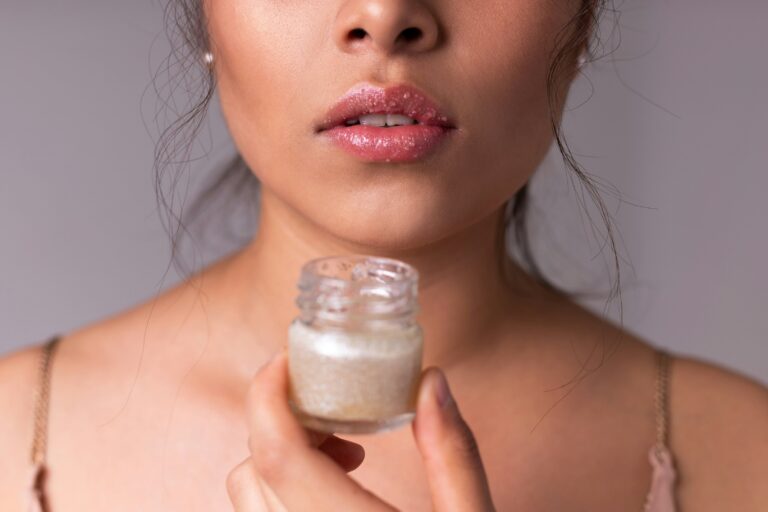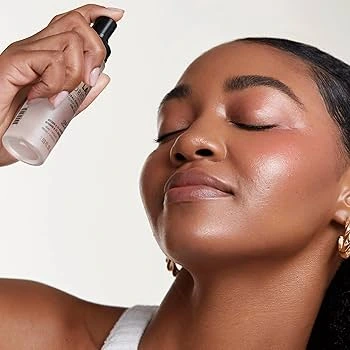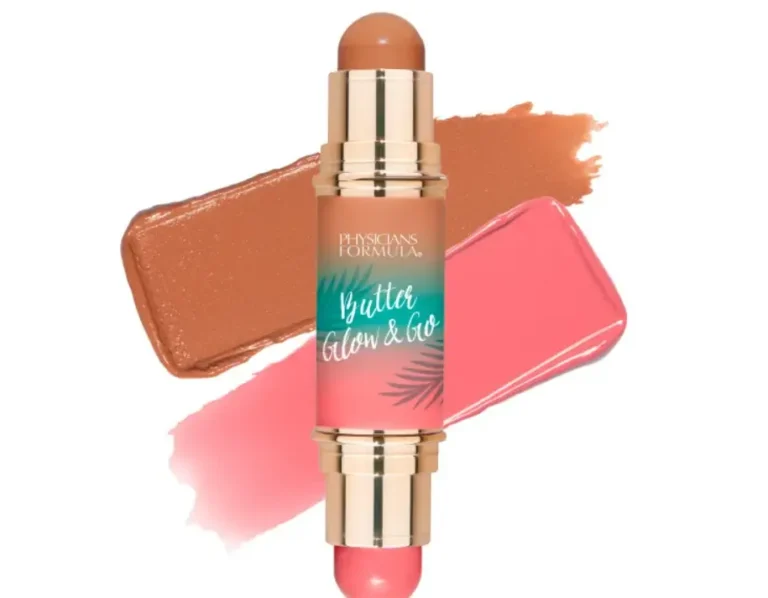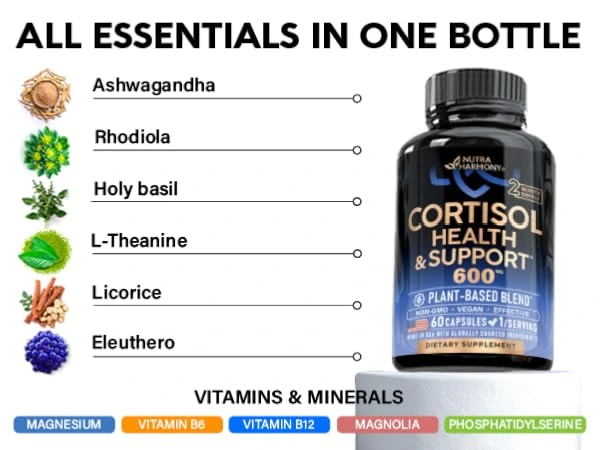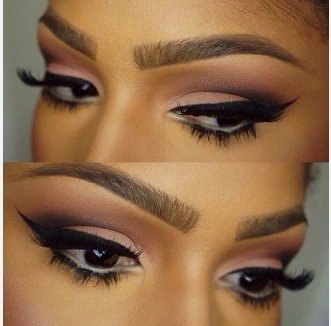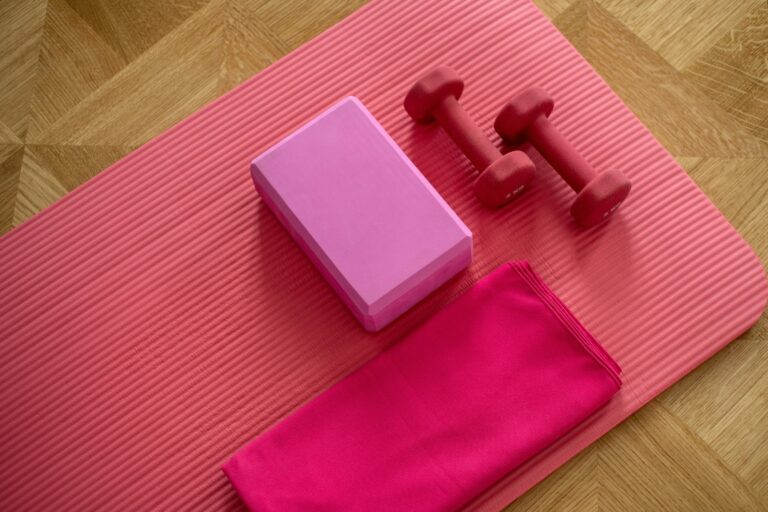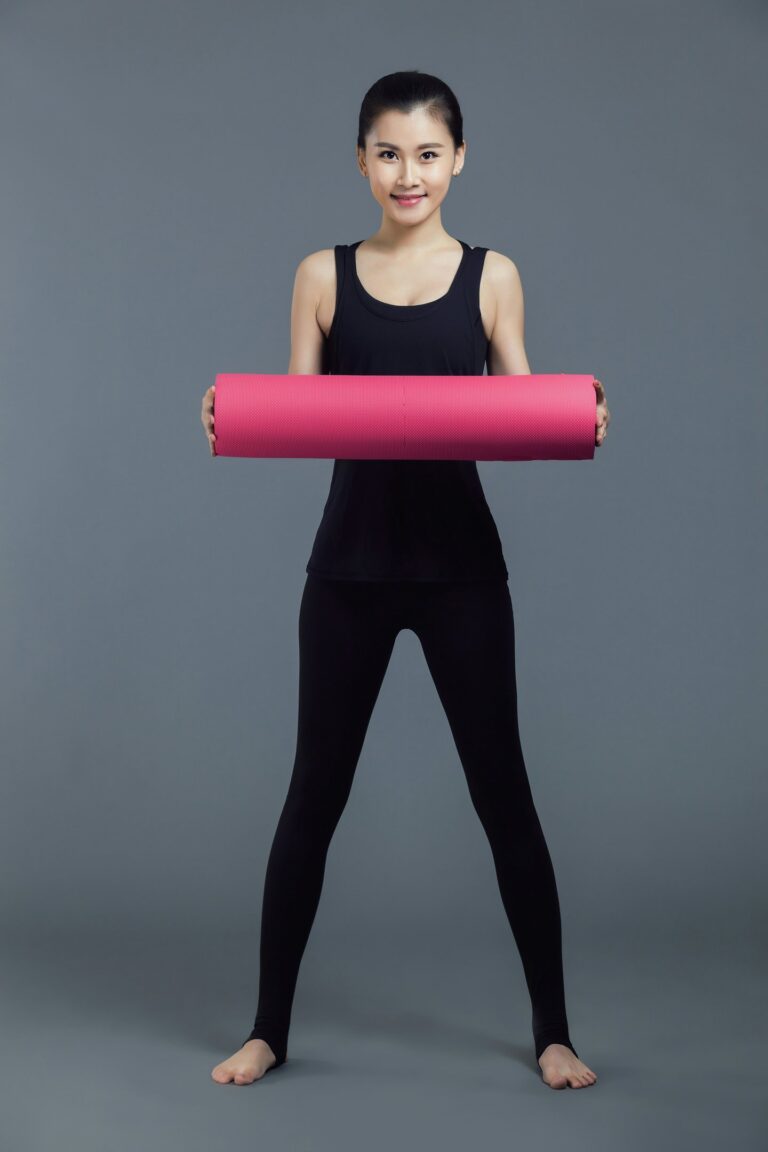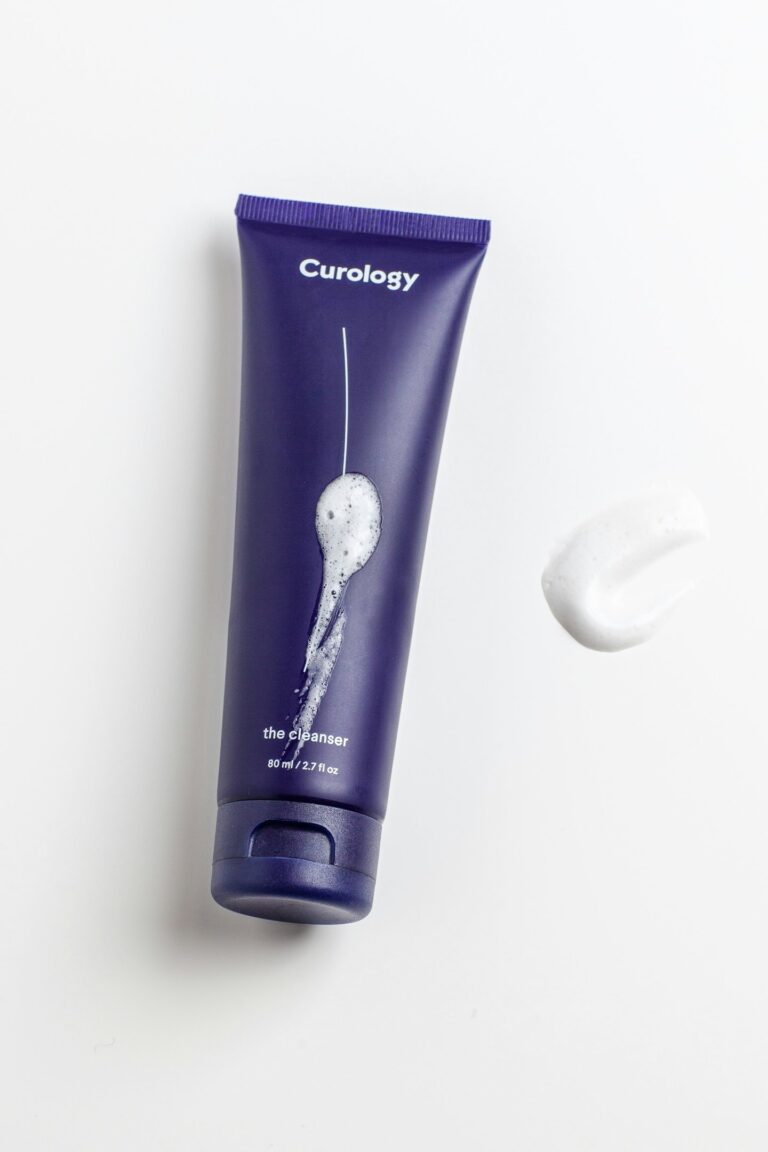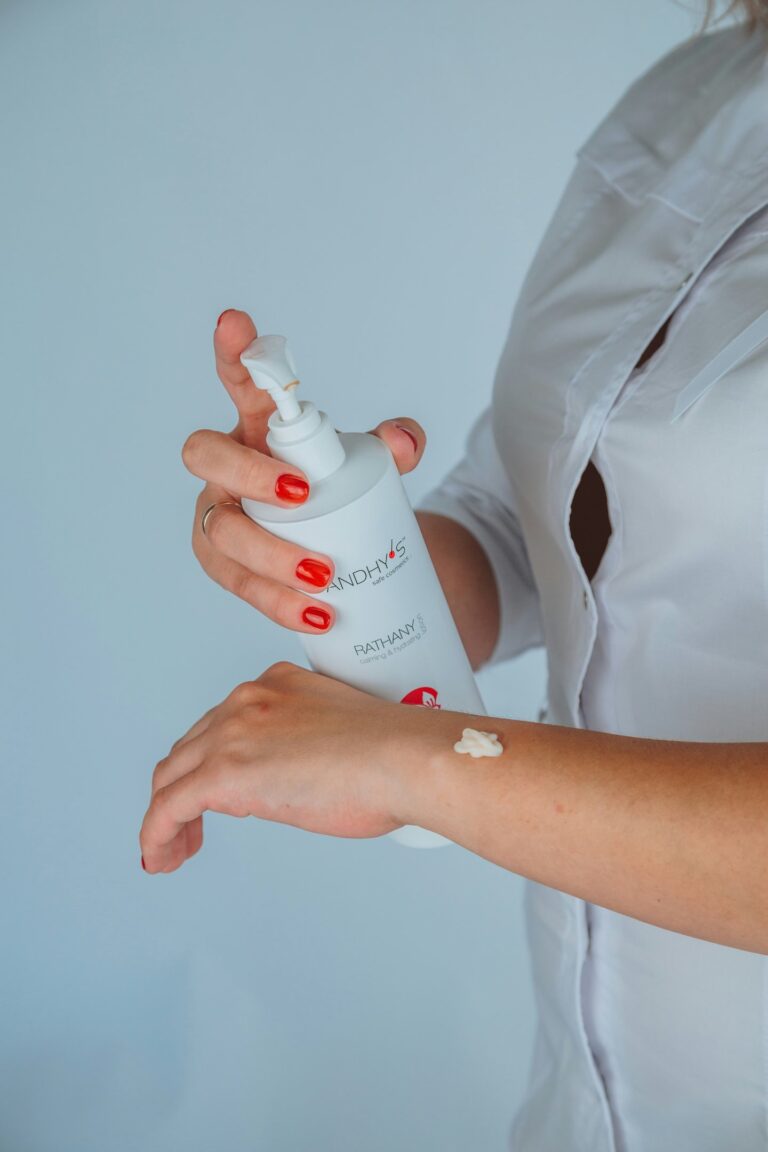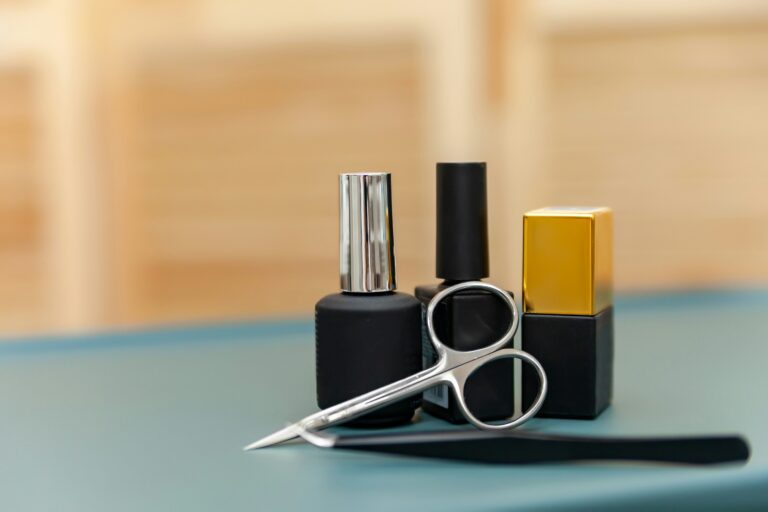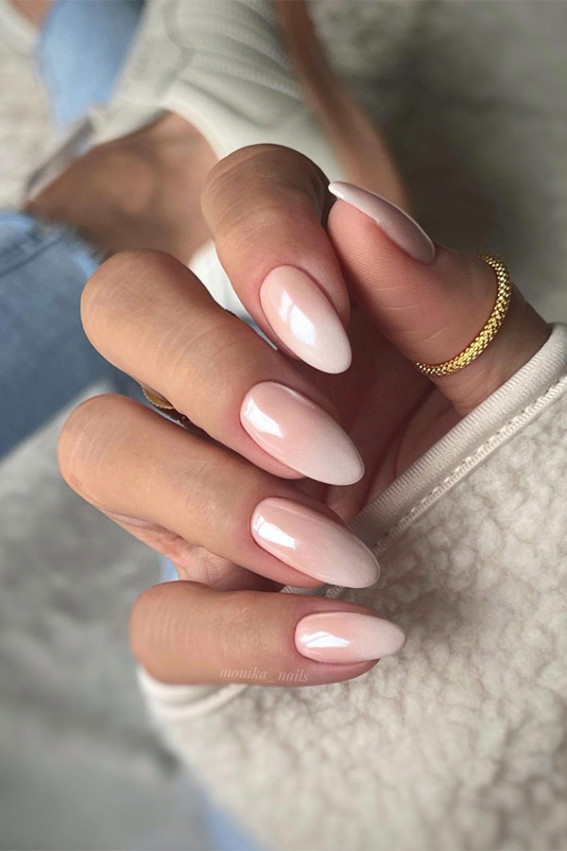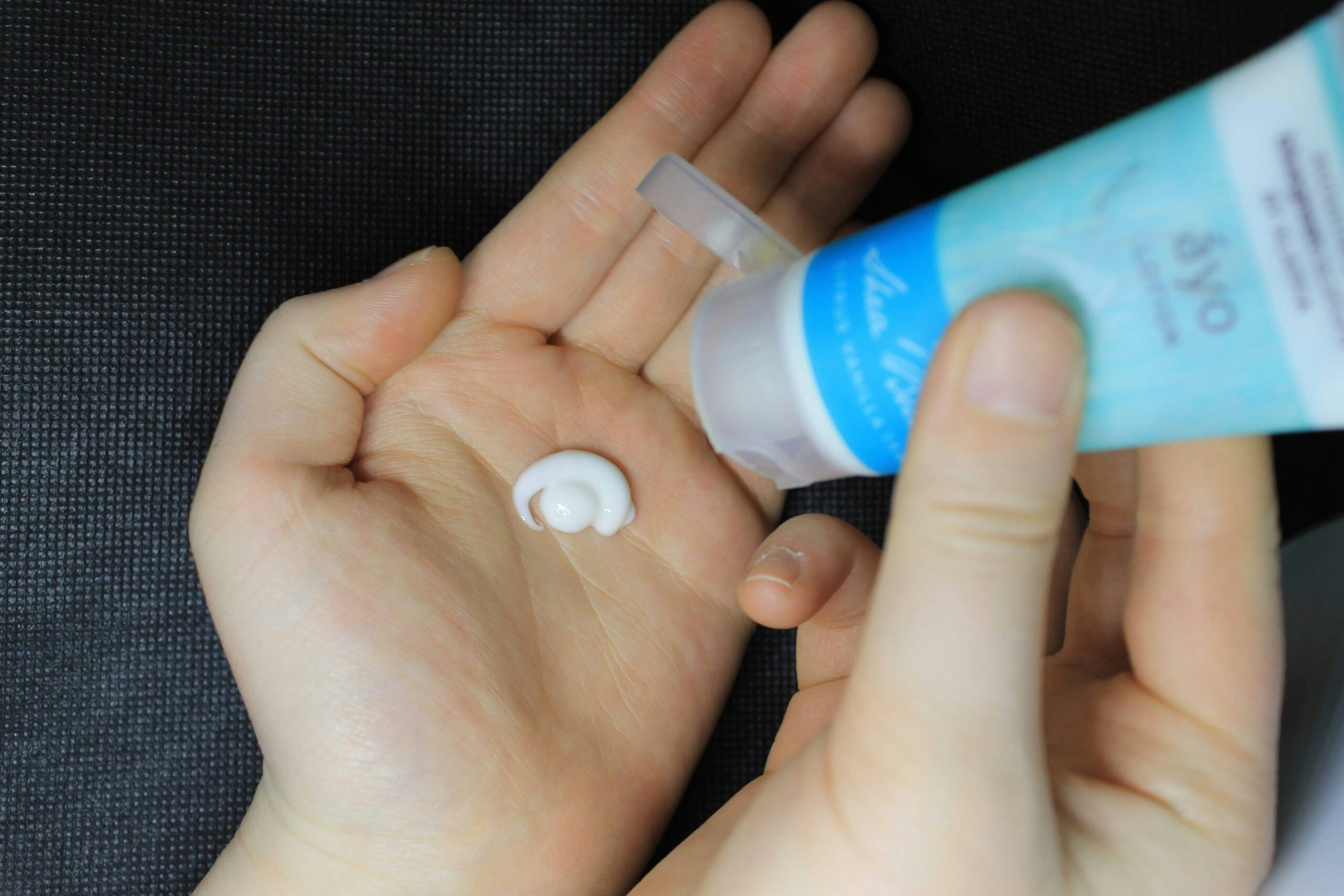
Why Does Skin Change With the Seasons?
Your skin isn’t static. It reacts — to temperature, humidity, sun exposure, wind, heating, air conditioning, stress, hormones… the list goes on.
In the summer, skin often gets:
-
Oilier
-
Sweatier
-
More prone to clogged pores and breakouts
In the winter, skin tends to:
-
Feel dry or tight
-
Flake or peel
-
Look dull, red, or irritated
-
Struggle with barrier damage
That’s because external conditions mess with your skin’s moisture levels. Cold air holds less humidity and strips your skin’s natural oils. Meanwhile, hot humid air makes you sweat more, which can cause dehydration and clogged pores if you’re not careful.
🎯 Try: this lightweight gel-cream that hydrates without greasiness for your summer routine.
Summer Moisturizers: Light, Breathable, No Pore-Clogging Please
Warm weather means more sweat, more oil, and more chances of breakouts. Your skin craves hydration — just not in a thick, suffocating formula.
Your Summer Moisturizer Should Be:
-
Oil-free or low-oil
-
Gel or water-based
-
Fast-absorbing
-
Cooling or calming
Bonus points if it contains ingredients that help balance oil or soothe sun exposure.
☀️ Try: this water-gel packed with aloe vera and green tea — perfect for hot days and beach bags.
🧴 Try: this ultra-hydrating serum-moisturizer hybrid with niacinamide to keep summer skin smooth and shine-free.
Ingredients to Look For:
-
Hyaluronic acid
-
Glycerin
-
Niacinamide
-
Green tea
-
Centella Asiatica
-
Zinc (especially if you’re oily or acne-prone)
Winter Moisturizers: Richer, Thicker, But Still Smart
Now let’s talk snowflakes and space heaters. Winter is when your skin needs extra TLC. Cold air outside and dry heat inside = a recipe for dehydration and barrier damage.
Your Winter Moisturizer Should Be:
-
Thicker and richer than your summer pick
-
Formulated with occlusives (to lock in moisture)
-
Barrier-repairing
-
Fragrance-free if your skin gets easily irritated
❄️ Try: this nourishing cream with ceramides and fatty acids — it’s like a fuzzy blanket for your face.
🔥 Try: this balm-texture moisturizer that melts into the skin, sealing everything in during those freezing months.
Ingredients to Look For:
-
Ceramides
-
Squalane
-
Shea butter (if your skin tolerates it)
-
Panthenol
-
Urea (gentle exfoliation + hydration)
-
Allantoin
But Wait — Do All Skin Types Need to Switch?
Not necessarily. It depends on:
-
Where you live (hello, Miami vs. Minneapolis)
-
What your skin naturally craves
-
How your skin reacts to seasonal shifts
Here’s a quick cheat sheet:
Oily Skin:
-
Summer: lightweight gel moisturizer
-
Winter: gel-cream or lotion with barrier-supportive ingredients
Dry Skin:
-
Summer: hydrating lotion or milk
-
Winter: rich cream or balm with occlusives
Combination Skin:
-
Summer: mattifying gel in T-zone, hydrating lotion elsewhere
-
Winter: one balanced cream or layer with a serum + moisturizer duo
Sensitive Skin:
-
Year-round: minimal ingredients, no fragrance, calming botanicals
-
Summer: light, cooling textures
-
Winter: soothing creams with ceramides and panthenol
🧴 Try: this multi-seasonal moisturizer that adapts to your skin’s hydration levels — smart and simple.
Transitioning Between Seasons: Do It Gently
Just like you don’t switch from flip-flops to boots overnight, your skincare can benefit from a little transition phase.
Start mixing in your new moisturizer while you finish the old one. Alternate night/day or every other day if your skin is sensitive to sudden change.
And don’t forget: your whole routine might need to shift, not just your moisturizer. That means switching to a cream cleanser in winter or adding a mattifying toner in summer.
📦 Try: this duo kit with a summer gel and a winter cream — swap as needed without guessing.
What If You Don’t Want Two Moisturizers?
Totally fair. If you’re minimalist or budget-conscious, choose a versatile moisturizer that can be layered. Something that’s:
-
Lightweight enough for summer
-
Hydrating enough for winter when paired with a serum or occlusive
💡 Layering tip: in winter, pair a hydrating toner + serum + your go-to moisturizer. In summer, skip the extra layers and go with just the moisturizer post-cleanse.
🔄 Try: this all-year-round cream that adjusts based on how much you apply — light layer for summer, thick swipe for winter.
Real Talk: You Don’t Need a “Seasonal” Product Label
Some brands will market moisturizers as “summer” or “winter,” but the real key is understanding ingredients and texture. Focus on how your skin feels, not the label.
You might need to switch moisturizers twice a year — or just tweak your routine. The goal isn’t more products — it’s better-matched ones.
🧊 If your skin feels tight after cleansing, switch to a richer product.☀️ If your face looks like a disco ball by noon, go lighter.
Trust your face — it knows what it wants.
Final Thoughts: Listen to Your Skin, Not the Calendar
Seasonal changes are real, but they’re not a hard rule. Some people need to rotate their whole skincare shelf every few months. Others just tweak a step or two.
What matters most is that your skin feels:
-
Comfortable
-
Calm
-
Not too dry, not too greasy
Start with your moisturizer — it’s the anchor of your routine. And if yours isn’t hitting right for the weather, it’s okay to try something new. Your skin will thank you.


